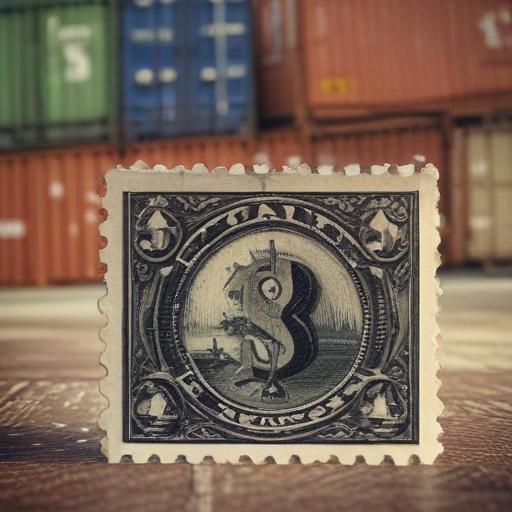During his presidency, Donald Trump’s campaign promise to implement tariffs has remained a contentious aspect of his administration. Although he has enacted several significant tariffs aimed at various countries, many of his threats have not materialized into actual policy, fostering an atmosphere of uncertainty among businesses and consumers alike.
These uncertain tariff proclamations have led to some companies reassessing their workforce needs and delaying investments, which has contributed to fluctuations in the stock market. Analysts have coined the term “TACO trade,” standing for “Trump Always Chickens Out,” to describe his inconsistent approach to tariffs. Trump, however, defended his tactics as strategic negotiation.
One of his notable tariff threats involved a proposed 50% tariff on imports from the European Union, which he later delayed at the request of EU Commission President Ursula von der Leyen. His previously announced reciprocal tariffs, meant to impose various rates on over 90 countries, were also deferred to allow for trade negotiations to take place.
Historically, much of Trump’s tariff strategy has also seen swift retreats. For instance, tariffs on wine imports and automobiles faced similar relaxation after initial threats. The tariffs on Canada and Mexico, aimed at combatting drug trafficking, were momentarily paused under the context of ongoing border discussions, reflecting the administration’s tendency to recalibrate its positions to foster diplomatic relations.
Previous similar articles have explored the challenges and repercussions stemming from Trump’s ongoing tariff strategy, including the impacts on U.S.-China trade relations and North American agreements. Their findings emphasize the potential for tariffs to disrupt international trade but also highlight that negotiations can yield concessions and mutual agreements.
With ongoing discussions surrounding tariffs, it remains to be seen how these economic policies will evolve and affect American businesses and consumers in the long run. While the situation may appear tumultuous, the potential for innovative trade agreements and a focus on higher-value manufacturing could represent a silver lining in Trump’s strategy, possibly paving the way for more structured and reciprocal global trade relations.
